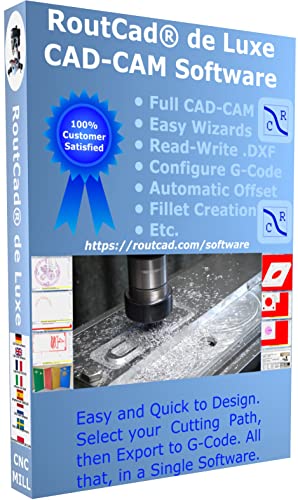N.B. Silver solder melts at anything from 630C. to ~830C. depending on grade, but brass needs over 900C. I think?
Unlikely to melt brass with small blowlamps, but take care.
MOST proper boilers are made using Phosphor Bronze, not Brass. I have experienced Brass (probably with a high zinc content?) that crumbled like a biscuit after 20~25 years due to DE-ZINCIFICATION. An Electro-chemical reaction that occurs on wet brass. In this case a screw-down valve at the bottom of a gauge that never actually dried out after use. There was always a drop of water left, trapped.... Now replaced with a stainless steel valve, but I doubt I shall be around in 25 years more to be bothered by it. Your brass soldered into the "toy-equivalent" boiler will probably be OK if you DRY the boiler after use. Remove the filler, warm gently until all steam has gone, then leave the bung out and box the job in a cardboard box - that will allow moisture to permeate - in a dry cupboard or shelf. Cardboard is good, because if it has been wet you can see the water damaged cardboard at a later date. Gives a clue as to whether the storage has ben dry or wet! (There is "Engineering" in the material selection for storage as well!).
On pressure.
As the boiler appears not to have a gauge, although that enhances every model, what pressure will the safety relief valve maintain, with supply valve closed, full fire and full water? What is the DESIGN limit on the drawings? Mamod and other "toy" model makers use 15 psi for most, but some boilers are designed for 20psi Normal Working Pressure, that is NOT EXCEEDED until worst conditions. (The design withstands more than 8 times the NWP, I understand!). You tested to 150psi, (Post #17 "i pressure tested to 150 lbs") so that means NWP at less than 1/8th is a MAX NWP of 19psi to best resolution of a test gauge.... The SAFETY valve must ensure that 19psi is never exceeded. - Can you prove that with a steam test when finished? - I should adjust the SAFETY valve to "Never exceed 15psi", as that is "normal" for this sort of model in practice. What does your design drawing say?
K2
































![MeshMagic 3D Free 3D Modeling Software [Download]](https://m.media-amazon.com/images/I/B1U+p8ewjGS._SL500_.png)




![DreamPlan Home Design and Landscaping Software Free for Windows [PC Download]](https://m.media-amazon.com/images/I/51kvZH2dVLL._SL500_.jpg)
























